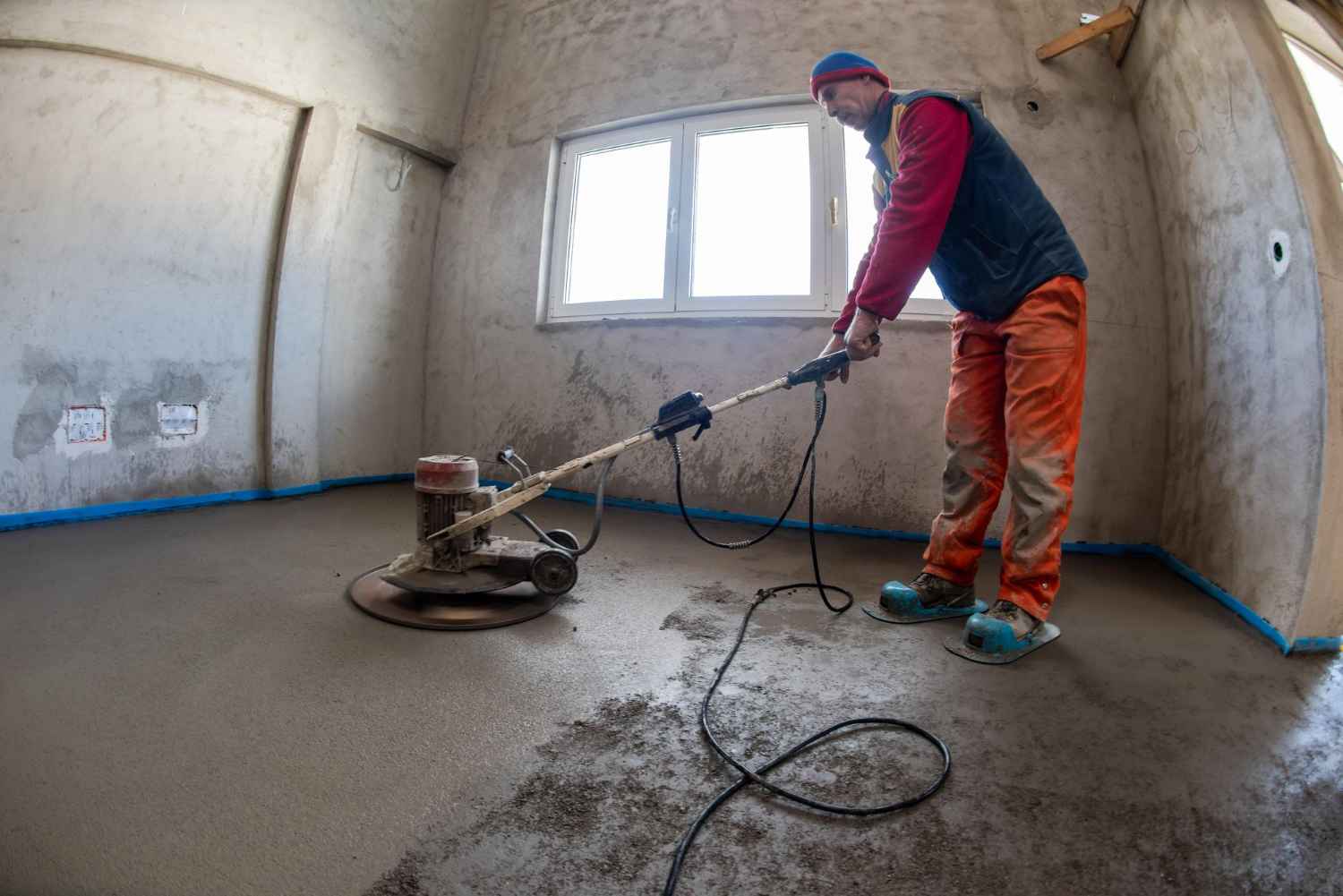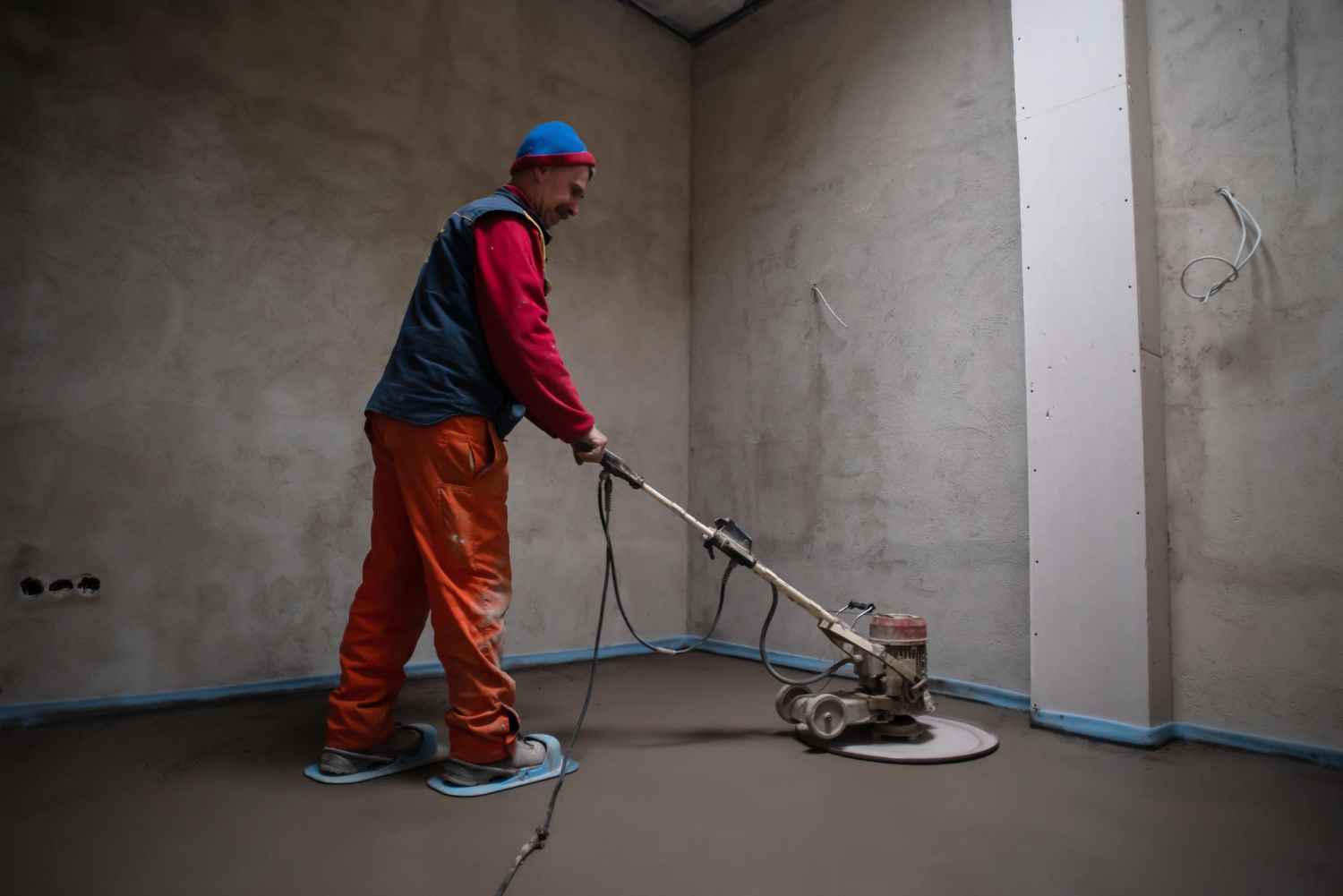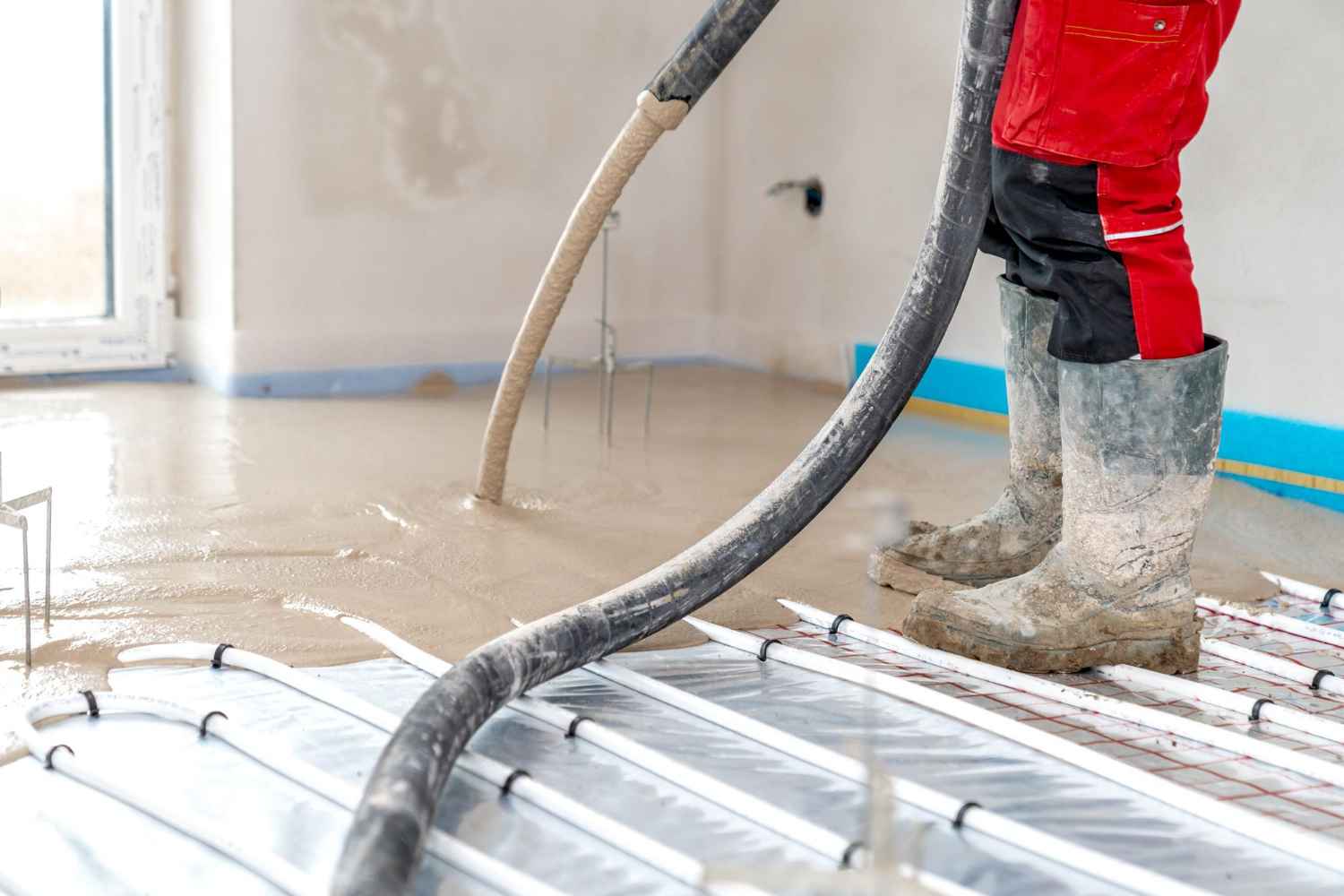You can plan on having a new floor furnished with elegant finishes. You have learned about the floor screed, especially designed to flatten your floor surface. It is new for many people as they do not understand what it is. Fortunately, Ready Mix Concrete London has worked hard to create an ultimate guide to learning about screed and its types, applications, and benefits.
Whether you’re building or remodelling, the floors go unnoticed. A layer of cementitious material, called floor screed, will make your floor look appealing and ensure optimum performance for many years to come.
A floor screed is a thin layer of cementitious material applied to concrete slabs or subfloors in construction and remodelling projects. Its main purpose is to create a flat surface for all types of flooring materials, including wood, carpet, laminate, and tiles.
As a levelling agent, floor screed can rectify any loopholes or inadequacies in the concrete subfloors, providing an immaculate finish for the flooring above. It is undoubtedly the most flexible floor flattening solution for excellent acoustic and thermal insulation.

There are multiple types of screed available, each with its strengths and unique features. Depending on your requirements and flooring needs, you can prefer a particular type over others.
A bonded screed is ideal for heavy-weight surfaces like driveways and car parks. It is bonded fully to the substrate and has a range thickness of 25mm to 40mm.
A damp-proof membrane separates an unbonded screed and does not bind with the substrate directly. Because of the membrane, it reduces shrinkage, settlement, and dampness and is used with a thickness of more than 50mm. It can also be installed at thinner levels by doing some modifications.
This type of screed is applied above a layer of insulation or over an underfloor heating (UFH) system. Its thickness of 65mm to 75mm ensures maximum heating efficiency. A slip membrane separates thermal or acoustic insulation from the screed.
Liquid screed is popular because it has a quick drying time and is a self-levelling and free-flowing agent in any environment. Depending on its installation method, it can be installed as a bonded or floating screed with thicknesses of 30mm and 40mm.

There are multiple environments in which incorporating floor screed gives huge benefits. Examples comprise:
Depending on the specific needs of the projects, you can choose between screed and concrete. Although concrete is known for its structural strength, screed is favoured because of its multiple applications. It ensures the following:

You can follow a meticulous approach to levelling the indoor floor through screed. You can choose the screed according to the manufacturer’s guide and according to what suits your flooring.
Floor screed is among the most flexible flooring options. It can be utilised for various projects. Let’s explore its multiple applications.
At Ready Mix Concrete London, we help homeowners and businesses get the most out of screed. With expert help and a personalised approach, no matter the type of screed you want, you can expect ideal outcomes.
To summarise, screed flooring is crucial to achieving ideal finishing if properly installed by pros. They have the right tools and utilise best practices to complete the project successfully. You can get screed to get level surfaces for meticulous installation of floor finishes. It contributes highly to the artistic and operational features of a building. It is not just limited to flattening the surface; it can bridge a gap between foundations and finishing, enhancing the structural integrity of your property. Screed flooring is continuously involved with the discovery of construction methods.
A boom pump uses a robotic arm (boom) to deliver concrete with precision at height or distance, making it ideal for large-scale and high-rise projects. A line pump, on the other hand, is better suited for smaller, ground-level jobs and uses flexible hoses to deliver concrete. We offer both types depending on your project requirements.
With a boom pump, concrete can be pumped up to 70 metres vertically and over 200 metres horizontally. Line pumps can reach around 150 metres horizontally, depending on the setup and hose diameter. Our experts will assess your site and recommend the best solution to reach even the most challenging locations.
Yes, it’s important to ensure the site is accessible, level, and free from obstructions. There should be enough space for the pump vehicle to park and operate safely. If you’re unsure about access or clearance, our team can provide advice or arrange a pre-site visit.
The duration of a concrete pumping job depends on the volume and complexity of the pour. In general, a typical residential pour can be completed in under two hours. Our efficient service aims to minimise downtime and keep your construction project on schedule.
Yes, concrete pumps can operate in light rain and mild weather conditions, but heavy rain, high winds, or frozen ground may delay or halt operations for safety reasons. We always monitor the forecast and keep you informed of any possible schedule changes.
Yes, all our pump hires include a trained and experienced operator who will handle the equipment and ensure concrete is placed efficiently and safely. They’ll also help guide you through the process on-site, ensuring a smooth pour every time.
Ready Mix Concrete London (Trading as Pro-Mix Concrete Ltd)
Copyright © 2025 | Ready Mix Concrete London (Trading as Pro-Mix Concrete Ltd) | All Rights Reserved.